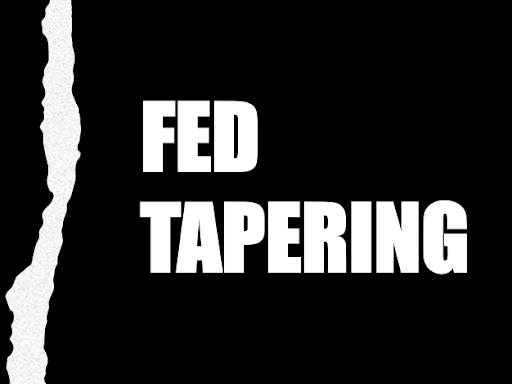The Federal Reserve started its reduction of new bond purchases in November. The process, known as “tapering”, is expected to conclude in March. After March, the Federal Reserve will not be adding bonds to its balance sheet. While it is logical to conclude that the the loss of a large buyer would cause rates to rise, it is more complex than that and in fact, the opposite is occurring as long-term interest rates have been declining since March. Contrary to what you might expect given reports of increasing inflation, interest rates are lower today than they were 60 days ago and even lower than they were nine months ago. How could this be? We believe there are two primary reasons. First, global demand for US Treasuries remains extraordinarily high because interest rates in all other developed countries are lower. Second, the US Government is issuing debt at a slower pace than it did over the last 18 months, so the Federal Reserve can stop its new purchases. Because there is plenty of demand coming from the private sector, the Fed wants to get out of the way as quickly as possible since it no longer needs to soak up the additional supply of new Treasury bonds. So the reason interest rates have been declining is a simple supply and demand equation: demand from the private sector is greater than the supply of new Treasury bonds.


